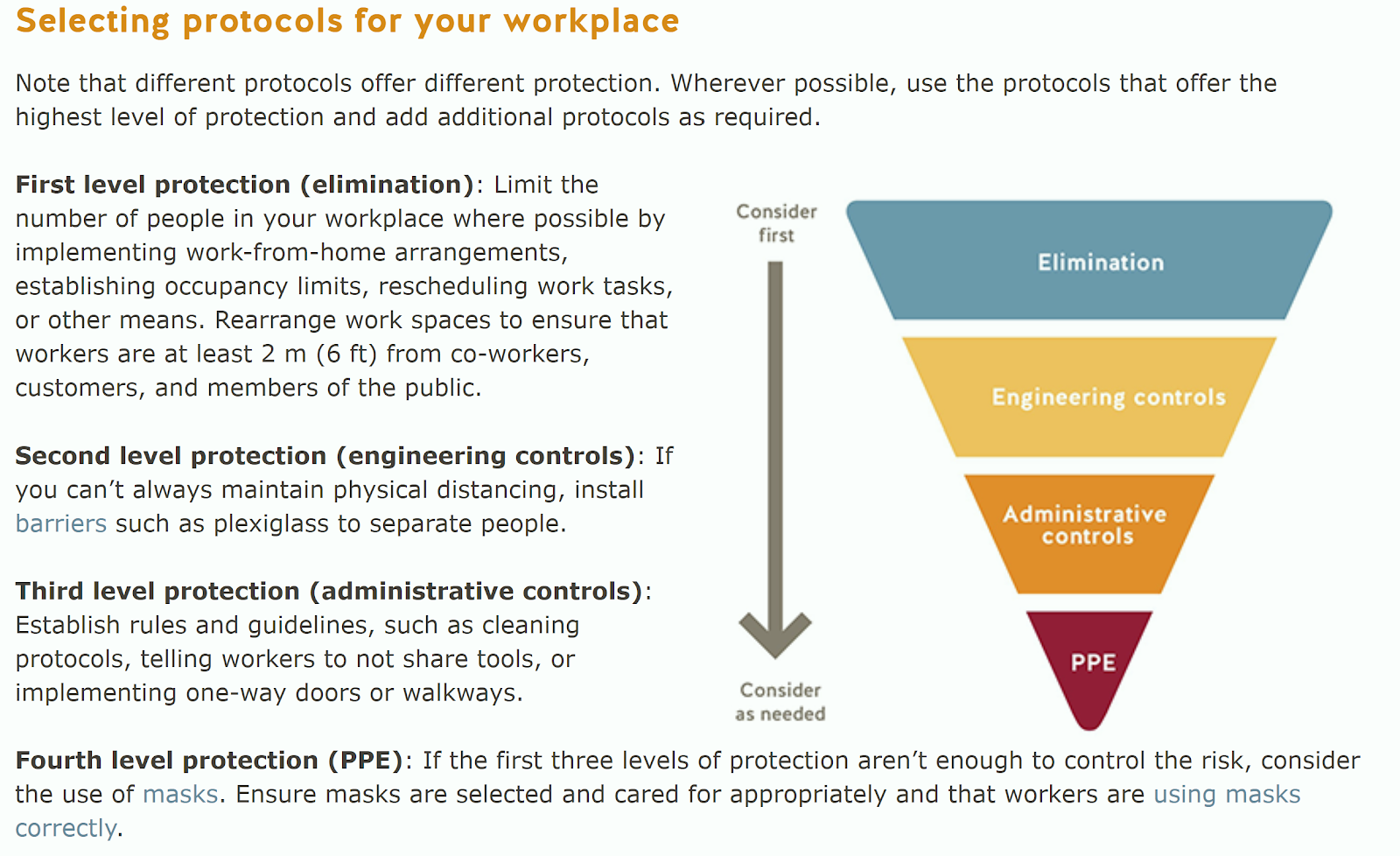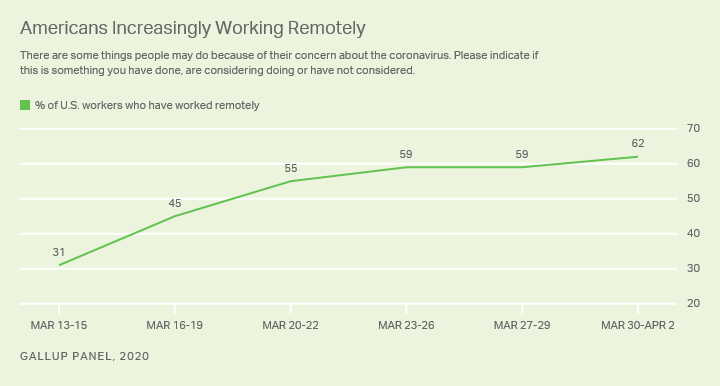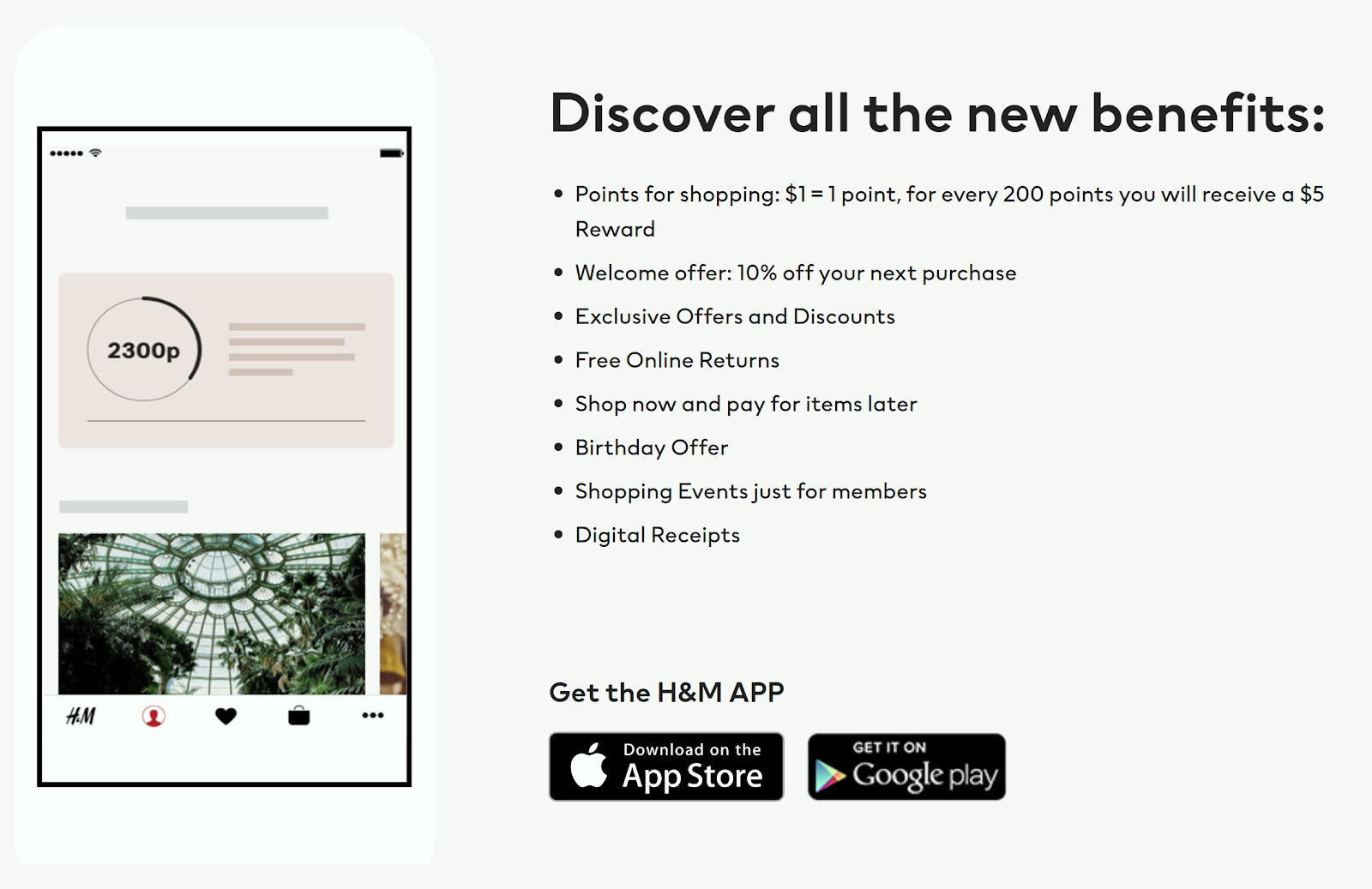Ecommerce is an undeniably powerful opportunity for retail stores to increase sales and reach new customers. And, in 2020 and beyond, it will continue to become an increasingly popular shopping choice for many consumers.
In fact, Statista predicts that ecommerce revenue will surpass $638 billion in the U.S. by 2022.
And, in 2020, amidst the global crisis, ecommerce is fast becoming the go-to model for keeping retail businesses afloat.
Brands that have adopted ecommerce are seeing success, particularly since most shoppers are staying at home.
But, for companies considering how to shift into ecommerce, such a drastic shift can feel like a challenge.
To ease the burden on retailers, we share eight steps you should follow when implementing an ecommerce project management plan.
1. Pick-up and Delivery Services
Due to the current global conditions, consumers have been staying indoors — and, as a result, they have become accustomed to doing most activities from their homes, including shopping.
Retail has been directly impacted by this change in consumer behavior. To stay healthy, people aren’t walking into stores and restaurants to make purchases anymore. Instead, they’re typically making those transactions online.
Additionally, the convenience of having items delivered to one’s home has changed the shopping experience for consumers. People will likely continue to prefer ecommerce even after the global crisis is over.
The same goes for pick-ups — although it requires the customer to leave their home and take precautions, the process has become streamlined and requires little interaction. Ultimately, retailers will need to note these conveniences and how effectively they have drawn customers. This is a model that will need to be implemented post-crisis.
To shift to an ecommerce model, companies need to first research competitive shipping prices to get the best deals. Customers want more items shipped, and prohibitive shipping costs might be a deal-breaker for some of your customers.
The existence of a shipping option also means investing in packaging, which means custom branded boxes and packages will become a mainstay for stores. Brands will also need to be aware of the price and quality of their packaging — they will be expected to invest in sustainable packaging to make for a safer future.
Ultimately, shipping and delivery is a major component of ecommerce and can incentivize customers to become long-term advocates of your brand if implemented successfully.
2. More Health and Safety Measures

The world has been looking forward to life after COVID-19, but the reality is that we will be adjusting to life with it.
The hygiene practices initiated during the lockdown procedures will need to be maintained, especially as more retailers open up.
Companies need to scout out strategic locations around their stores to add sanitizers. More cleaning crews will need to be brought in regularly to disinfect the premises.
Social distancing measures may have been relaxed in certain parts of the world, but there will be occasional flare-ups. Retailers should prepare to reduce the number of people allowed within their building sites — which could mean a fluctuation in sales and revenue.
As we have mentioned, curbside pickups and home deliveries will become the norm, but brands need to ensure that these items are handled with care.
Current staff members are likely already trained on safety measures, but any new members will need to be on-boarded accordingly. Additionally, businesses will need to work to keep their employees safe within the premises.
The world has changed and we will be feeling the effects for a while after — preparing for a safer working environment can only benefit a business in the long-run.
3. Remote Work

Retailers may not be directly impacted by remote work, but their customers will be — and this needs to be factored in when designing the project plan for shifting into ecommerce.
While stores need their in-store staff to function, a large majority of their customers will continue to work from home for the rest of 2020 and beyond.
Many companies are also considering making a portion of their staff permanently remote, which will impact how they access retail services like food, clothes, and entertainment.
4. Diminished Brand Awareness
The quarantine period put paid to all theories about brand awareness and loyalty.
Consumers were so desperate for products that they bought them from whichever brand was available — despite being patrons of other companies for years before.
And this trend may well continue — the ‘get whatever you can’ mindset has set in quickly and will be difficult to shake, and the impact on brand awareness will be felt for long after.
Since the world has had months of needing specific items and grabbing at whatever was available, consumers will find that supporting a single brand isn’t always a valuable position for them.
With so many consumers dipping into multiple brands, retailers will have to work twice as hard to spread awareness about their business.
Companies would do well to adapt their brand awareness activities to highlight their ecommerce efforts — such as more online shopping options, delivery, and pickup services.
Creating messaging that boosts the business’ ecommerce aspects and opportunities will go a long way in attracting audiences, as it is relevant and timely.
Regular updates about health and safety measures will also reassure customers enough to give them an incentive to visit stores.
Retailers need to accept that competition will be more fraught than before — keep an eye on the gaps that appear in the market and use those as, and when, they appear.
Consumers have an abundance of choices — narrow down their focus by highlighting the added value you can give them in your ecommerce communication plans.
5. Virtual Experiences
With remote work becoming more of a norm across the world, retailers will have to find new ways to create memorable experiences and relationships with customers.
Since consumers won’t be visiting stores as often as they used to pre-pandemic, businesses need to look to online sources to create those experiences.
Social media has become a lifeline for most consumers and this is something that businesses can use to promote their products and services.
Several companies successfully kept their audiences engaged by hosting live streams on YouTube or Instagram Stories of classes, product demos, and expert interviews.
The need to remain socially distanced and safe has led to retailers creating online versions of their in-house experiences, such as virtual dressing rooms and fittings.
Businesses can also create AR filters on Instagram and Snapchat for consumers to try on products like makeup and clothes, as well as for gamification.
The more online a business can be in the future, the better they will be able to engage with their customers.
6. Offer Discounts and Gift Cards

The pandemic has hit a large contingent of consumers very hard — and this hardship is set to continue.
Spending ability and disposable income will decrease as a result, which means businesses will have to work twice as hard to incentivize customers to purchase from them.
Brands should look at a more cohesive customer-centric approach to their marketing — giving customers a reason to consistently engage with the brand.
To mitigate reduced consumer spending, retail brands should offer more discounts, package deals, and special offers.
Employ incentives to encourage customers to use your ecommerce services — it will act as an advertisement for your virtual platforms, which users are more interested in now.
Discounts can also help in amplifying sales of underperforming product categories — they look more lucrative with a smaller price tag and will sell better, reducing inventory.
Gift cards are a great way to assure future business while bringing in immediate revenue.
7. Review Supplier Orders
There is still so much uncertainty around which items will move quickly that having excess inventory as a restaurant or a retailer could lead to revenue losses in 2020.
Retailers should be identifying overstocked items in their warehouses. You’ll want to determine which items aren’t selling well, and order fewer of those.
Of course, it’s important not to be out of stock of popular items, as that will impact sales — there is a delicate balance that has to be reached here.
An inventory management system will help to track items in stock and determine which ones are selling out faster than others.
To ensure inventories aren’t full, retailers should work with their suppliers to slow down the production of certain items — if ecommerce sales pick up, production can be increased.
Also, you’ll want to look into setting up longer payment delivery methods for suppliers — this will help companies retain capital and keep the business afloat until more sales are made.
8. Loyalty Marketing

Repeat customers make up the bulk of revenue and profits for most businesses — building a loyal community of customers is thus a priority, especially during such uncertain times.
Focusing the business’ efforts on loyalty marketing will make a difference to the bottom line and should be included in your ecommerce project plan.
For the rest of 2020, brands will need to work on getting more loyal customers — incentives like discounts have been known to work in this area.
But to create genuine brand loyalty, a few discounts here and there won’t make a huge impact.
This is where customer loyalty programs can be a huge draw. A points system that rewards customers for buying improves engagement and repeat sales.
Another way to improve consumer loyalty is through subscription services.
Ecommerce subscriptions have been the basis of many successful business models, in a variety of fields, and they can help businesses boost customer loyalty.
Subscriptions and loyalty programs give brands a database of people to regularly contact to improve sales — for companies that haven’t instituted these, 2020 will be the best time to do so.
The pandemic is changing the way businesses function, but ecommerce is quickly proving to be a safe model of work that companies can adopt.
Since ecommerce isn’t an arena that all companies are familiar with, to prepare for the shift, here are the steps businesses should include in their project scope:
- Investing in pickup and delivery services
- Instituting more health and safety measures
- Acknowledging customers’ remote working needs
- Adjusting for diminished brand awareness
- Creating more virtual experiences
- Offering discounts and gift cards
- Reviewing supplier orders and inventory management
- Focusing on loyalty marketing and subscription services
Following these eight steps will help businesses move safely into an ecommerce environment to improve their sales in the future. Additionally, consider investing in high-quality ecommerce software to get your company up-to-speed quickly.
![]()
Original Entry: The Move to Ecommerce: How Retailers Can Adapt During a Crisis is shared from https://blog.hubspot.com/marketing/retailers-adapt-crisis via https://blog.hubspot.com/marketing
Check out the original post, The Move to Ecommerce: How Retailers Can Adapt During a Crisis that is shared from https://putyourfamilyfirst.wordpress.com/2020/08/12/the-move-to-ecommerce-how-retailers-can-adapt-during-a-crisis/ via https://putyourfamilyfirst.wordpress.com
No comments:
Post a Comment